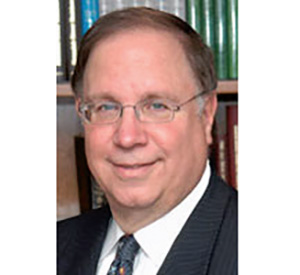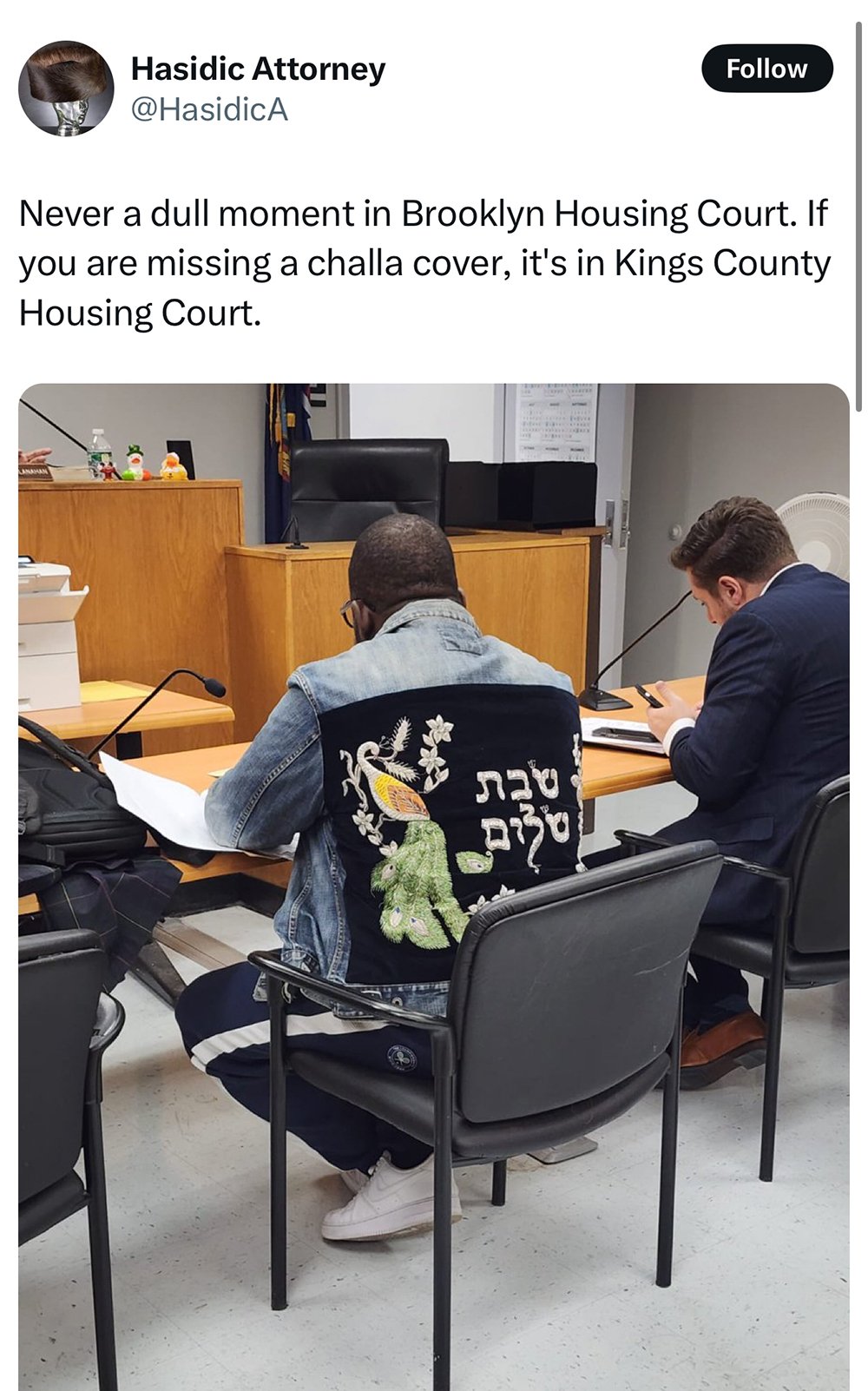
In response to the ubiquitous demonization and delegitimization of Israel on college campuses, day schools, yeshivot and other Jewish institutions conduct classes and tutorials to teach students how to respond to the lies, disinformation and attempts to apply a double standard to the Jewish state. Quite often these programs are called Israel Advocacy, which is a fundamental error.
Instead of trying to create “little Zionists,” students should be encouraged to examine spurious Arab claims by using the same critical thinking skills they employ in their other academic studies. Teachers should allow their students the intellectual and emotional freedom to reach conclusions based on their own analysis. They should be urged to present the conflict as historians do, by constructing their case based on documentation and evidence, and not as polemicists or propagandists.
The first step in this process is to gain a basic knowledge of modern Middle Eastern history and the Israeli/Palestinian Arab conflict. This historical background is a sine qua non—essential in exposing the myths and fabrications levelled against Israel.
A few years ago, I had a discussion with a recent yeshiva high school graduate regarding the Balfour Declaration and Israel’s right to exist. The young man, who would soon matriculate at an elite American university, took great pride in his grasp of the subject. Based on his “astute” insights, he wondered if I could tell he was an active member of J Street. Since his arguments were right out of J Street’s playbook, there was no question which organization had negatively influenced him. Significantly, with all of his presumed knowledge, he had never heard of the San Remo Treaty.
San Remo Conference: Where Israel Was Born: “The Magna Carta of the Zionists”
Why is the San Remo Treaty so fundamental to understanding this conflict? The actual decision to confer sovereignty of Palestine to the Jewish people was made on April 25, 1920 at the San Remo Conference in San Remo, Italy by the Supreme Council of the Principal Allied Powers, Britain, France, Italy and Japan.
As part of a broad peace agreement, the Council decided that the Balfour Declaration of November 2, 1917 would be incorporated in The Treaty of Peace with Turkey, in which Turkey yielded jurisdiction over Palestine (which they had ruled from 1517 to 1917) and Palestine would be placed under a mandate. Recognition had thereby been given to the historical connection of the Jewish people with Palestine and to the grounds for reconstituting their national home in that country.
As former Israeli ambassador Dore Gold observed, Israel is the only state established whose legitimacy was officially acknowledged by the League of Nations and the UN. The League of Nations Mandate did not grant the Jewish people the rights to establish a national home in Palestine, it simply recognized a pre-existing right that had never been surrendered or forgotten. The Jewish people had been sovereign in their own land for 1,000 years before many were forced into exile. The establishment of the state of Israel did not represent a creation ex nihilo. These rights were upheld by the UN under Article 80 of the UN Charter after the UN replaced the League of Nations.
Exposing the Myth of Israel’s “Apartheid Wall”
A second step in this educational process is to review the accusations designed to denigrate Israel and evaluate them. Israel’s separation fence has been portrayed as Israel’s “Apartheid Wall,” and compared to the “Berlin Wall,” and is among the most controversial examples.
Predictably, it has generated serious public discussion in Israel, acrimonious opposition from Palestinian Arabs and European governments and criticism from the US.
The Israeli government contends the fence is intended to stop homicide bombings and other acts of terror against her citizens as part of the government’s fundamental responsibility to ensure the safety of her citizens from shootings, booby-rigged vehicles, homicide bombers and the smuggling of weapons and explosives into Israel.
There are a number of questions these allegations raise. What makes the security fence an “Apartheid Wall,” and a “Berlin Wall”? What is apartheid and is Israel an apartheid state? What was the purpose of the Berlin Wall? Is this an accurate comparison?
Is the fence hermetically sealed as is often represented? Can Palestinian Arab students, and those seeking medical assistance and workers and farmers reach the Israeli side of the fence?
Was the fence built as a pretext to annex territory? Has it changed the status of the land? What role has Israel’s Supreme Court played in responding to Palestinian Arab concerns about the areas appropriated to build the fence? How has the fence affected the number of terror attacks launched against Israel from Judea and Samaria?
As part of this inquiry, students should survey the various separation walls that have been constructed since the downfall of the former Soviet Union, including those in Belfast, Northern Ireland and São Paulo, Brazil, and between the U.S and Mexico, India and Pakistan, Greece and Turkey, South Korea and North Korea, Botswana and Zimbabwe and Morocco and Western Sahara. Saudi Arabia built a highly sophisticated wall to protect itself from ISIS, and another one to protect the country from Yemen.
Answering these questions and investigating how some countries address security threats by erecting barriers allows students to place Israel’s security fence in perspective. Using the same approach in analyzing other attacks against Israel enables students to reach their own conclusions based on substantiated proof, and not opinion.
A Final Thought
David Ben-Gurion, Israel’s first Prime Minister, once warned, “Nothing is more dangerous for Zionism than the fatalistic belief in the eternity of Israel.” We owe it to our children to provide them with the knowledge and tools to discern fact from fiction in dealing with this intractable conflict.
By Alex Grobman, PhD
Alex Grobman, a Hebrew University-trained historian, has written extensively on the Palestinian Arab conflict. He is a member of the Council of Scholars for Scholars for Peace in the Middle East (SPME), and a member of the Advisory Board of The Endowment for Middle East Truth (EMET). He has trained students how to respond to Arab propaganda on American campuses.













